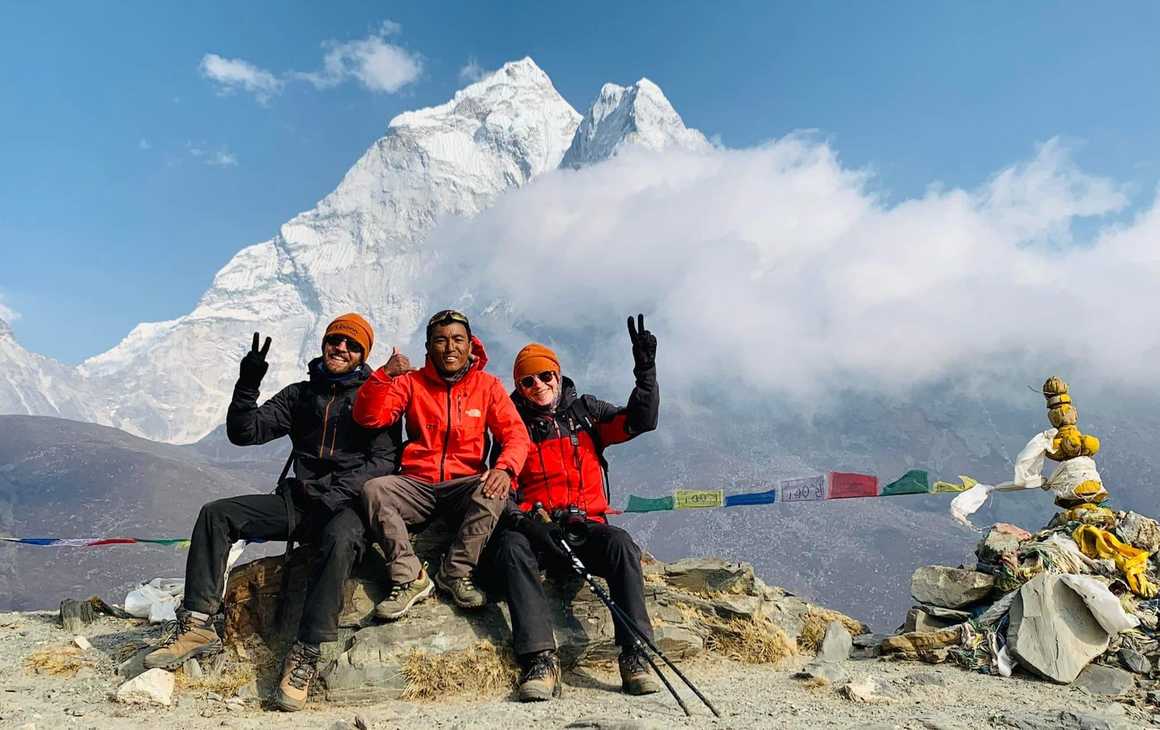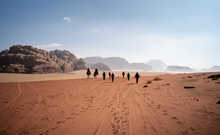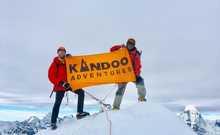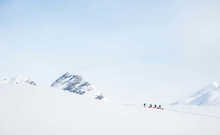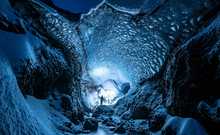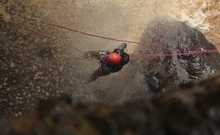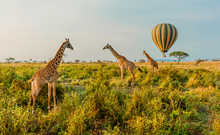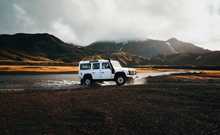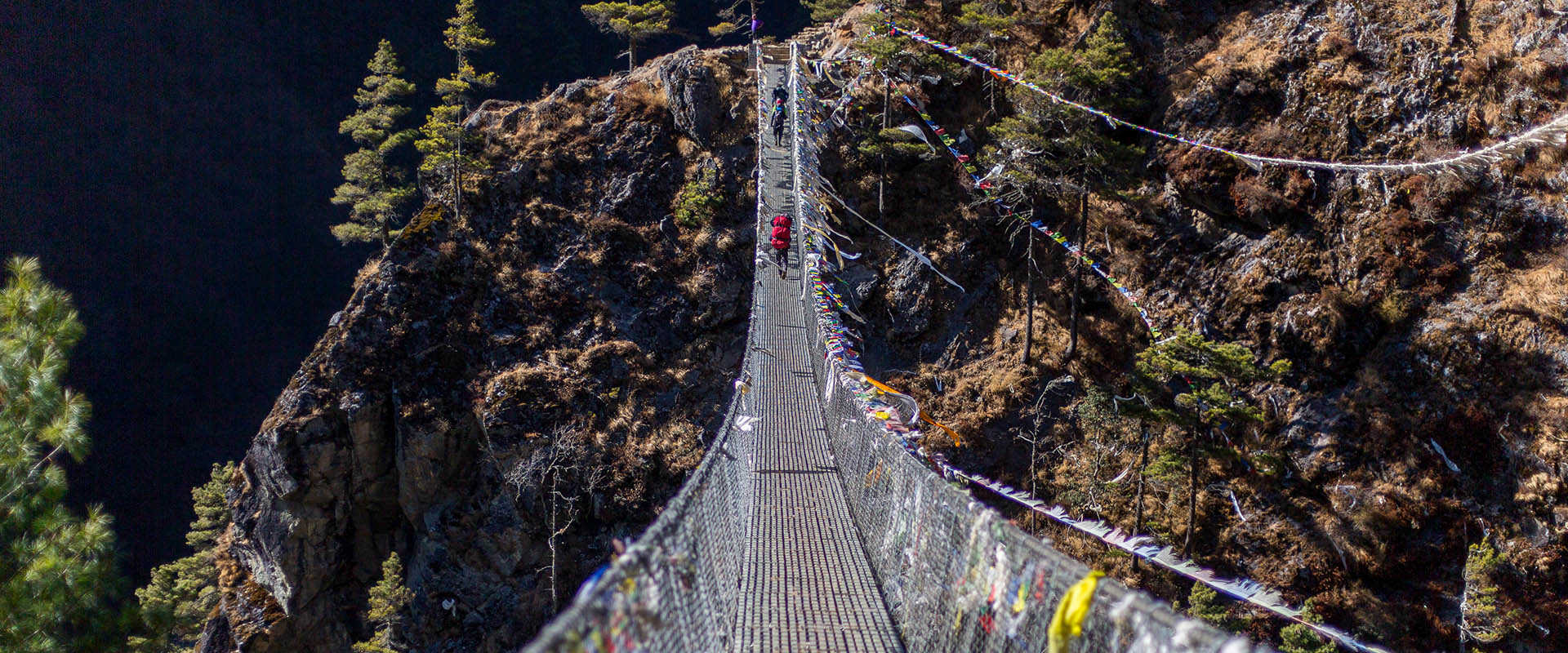Cost of Trekking to Everest Base Camp
Located in Nepal, Mount Everest is the tallest mountain in the world at 8,849m high, placing it as one of the world’s 7 summits (the tallest mountains on each continent) and 14 peaks over 8,000m tall. At 5,364m, Everest Base Camp is located on the south side of Mount Everest and is one of the most popular trekking destinations in the Himalayas.
Trekkers have a choice of route to
Everest Base Camp, with some following a more scenic route, such as the
Gokyo Lakes Everest Base Camp trek, while others summit nearby high peaks such as
Mera Peak and
Island Peak during their hike to Everest Base Camp. If you’re considering embarking on this once-in-a-lifetime journey, you’re probably wondering how much does a trip to Everest Base Camp cost?
In this guide, we break down the costs of permits, visas and insurance for your trek to Everest Base Camp. We also look at clothing and equipment, flights and transportation, guides, accommodation and food, to ensure you’re prepared for every single expense you may encounter.
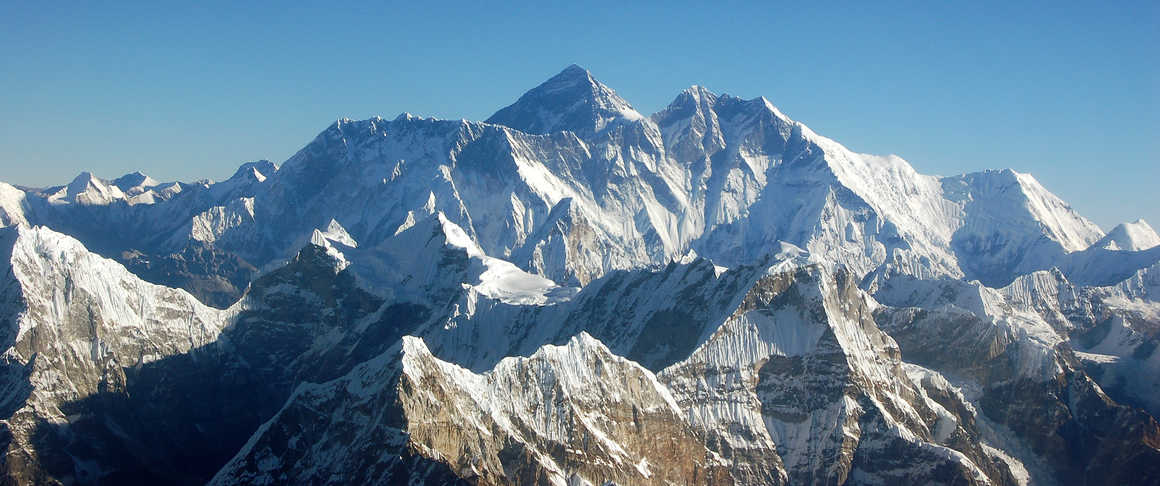
Permits
One Everest Base Camp cost you may not have considered is trekking permits. You will require two permits to trek to Everest Base Camp – Khumbu Rural Municipality Permit ($17) and Sagarmatha National Park Entry Permit ($28). You will also be required to obtain a trekking information management system (TIMS) card ($17).
At Kandoo, we cover the cost of these permits in our trip price.
Visas
Most visitors to Nepal (including nationals from the UK,
Europe, USA and Australia) require a tourist visa to enter Nepal. To secure a
visa you will need to present proof that you have a return ticket, and proof
that you have sufficient money to support yourself during your stay in Nepal.
Visa can be obtained online.
Visas are valid for 6 months from the date of issue, so do not send off your
application too early.
The other option is to queue and pay for a visa on arrival
at Kathmandu Tribhuvan International Airport. This will need to be paid for in
cash. We highly recommend securing a visa before departure as this will ensure
you have no problems passing immigration, as well as speeding up the process of
clearing immigration. You will need at least one blank visa page in your
passport. Certain nationalities not mentioned above must apply for a visa in
advance, so check with your local Nepalese Embassy.
For most of our trips, you may be ok with a 15-day tourist
visa which costs around £25 or $30. However, if you are adding any extra days
in Kathmandu, you would then require a 30-day tourist visa which is around £40
or $50. Visas can be extended once you are in Nepal, but overstaying your visa
is taken very seriously, and can result in your being detained or not allowed
to leave without paying a fine. In Kathmandu airport they will assume you are
paying in your home country currency so make sure you have the amount you need
for your visa, or to extend your visa, in cash in your home currency.
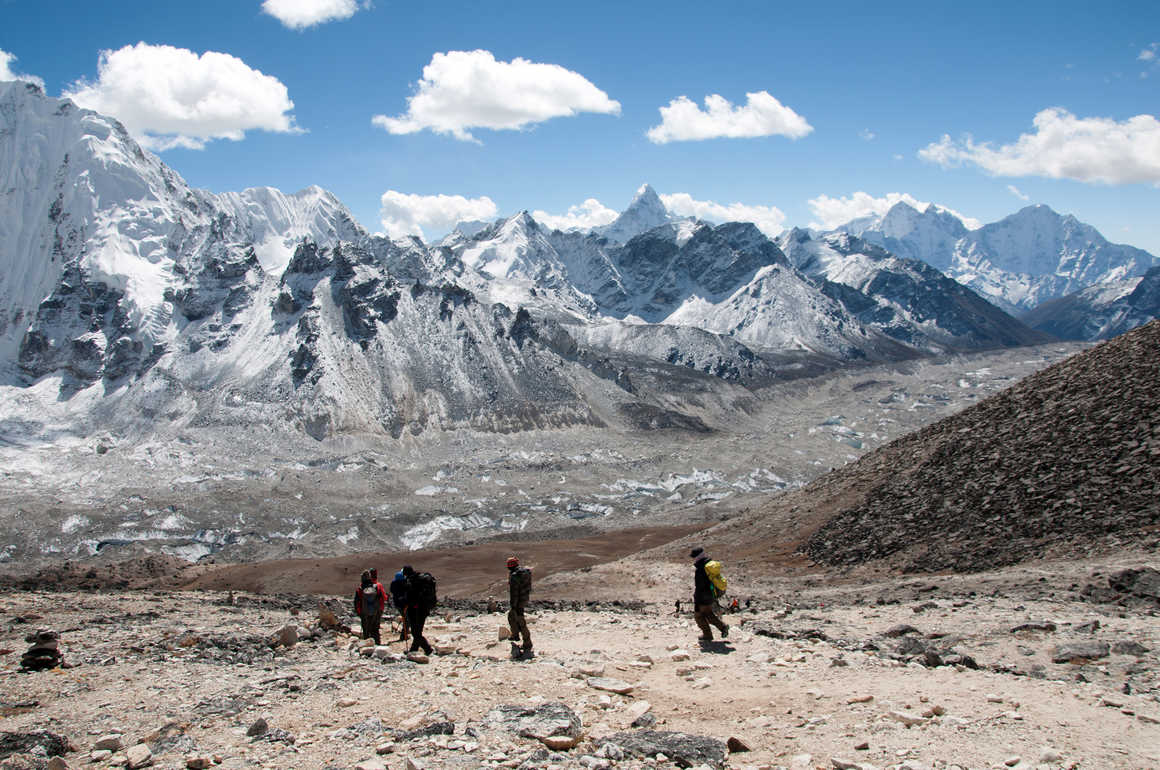
Insurance
It’s important to buy travel insurance before any trip. It
is your responsibility to ensure that you are fully and adequately insured for
the duration of your trek. Ensure that all activities, excursions and
destinations in your itinerary are included in your travel insurance policy, in
addition to your regular cover for cancellation and medical expenses. Whilst
trekking is not a high-risk activity itself, high altitudes and unpredictable
conditions may cause the need for evacuation off the mountain and without
insurance, this can be a costly oversight.
It’s important to note that travel insurance for Nepalese
treks will be higher than your average insurances as you will need it to cover
the height you will be trekking to. For the Everest Region, we require cover up
to 6,000m of altitude.
Kandoo recommend World
Nomads insurance, but you can check out our other
trekking insurance providers in our blog.
Clothing and equipment
If you’re a regular adventurer, you may feel well equipped
for climbing Everest Base Camp however for some, this may be your very first
big adventure trip. Our
Nepal
packing list covers everything you need for all our trekking routes in
Nepal, including the Annapurna Circuit, Everest Base Camp and Langtang Trek.
We recommend that wherever possible you use your own gear
for your trek to ensure personal comfort and enjoyment. Your travel company may
provide you with a duffel bag, like we do, but remember to check your trip
information to find out the details of your specific provider.
There are many places offering gear for rental in Kathmandu,
and we can recommend a few places for you. An indication of the likely rental
costs is below:
- Four Season Sleeping Bag - $2 per day
- Down Jacket - $2 per day
- Trekking Poles - $1 per day
Flights and transportation
To reach Everest Base Camp, you need to first land in Tribhuvan International Airport which is the main airport in Kathmandu. There are a lot of airlines that fly to Kathmandu through the Middle East. Qatar, Gulf Air and Emirates offer daily flights from Europe and the US with a stopover at their central hubs. The other alternative is to fly via Delhi, with BA, Jet and then catch a shorter flight up to Kathmandu. Flight prices will vary based on demand, season and airline.
While flights to Nepal are not typically included in our Everest Base Camp trip cost, all transport during your stay, such as private vehicle transport to and from the airport before and after the trek, is usually covered.
Tipping guides and porters
Kandoo pay all the salaries of your trek guides and porters, but it is common practice in Nepal to also tip mountain crew. The decision on how much to tip should be determined by how well the team supported you while you were on the trek. Tips can be made in US dollars or Nepali Rupees. It is very important that US bills be new (less than 10 years old), crisp and untorn.
The best travel providers are members of the Trekking Agencies Association of Nepal and the Nepal Mountaineering Association and follow their guidelines when recommending tip levels for guides and porters. We would suggest you budget $200-$350 per trekker for your tip contribution on this route. The group tip can be given on the final night of your trip.
Accommodation
On our Everest Base Camp trek, all accommodation costs are covered in the price of the trip. You will stay in hotel accommodation in Kathmandu on the first and last night of the trip. When you’re on the trek, you stay in teahouses, which are usually independent, family-run lodges.
While internet access, charging facilities and hot water are available in the lower teahouses, you will need to pay to use them and the higher you trek, the more basic facilities will become. If you plan on using the internet and showering every day, then you should budget around $10 per day.
Food
When it comes to meals, the teahouses in the Khumbu region all offer a wide range of options from local Dhal Bhat (rice and lentil soup) to pasta, pizza and even chicken burgers and yak steaks. So, you’re guaranteed to find something that takes your fancy regardless of your dietary requirements or preferences. It’s important to fuel yourself with lots of carbs and nutritious foods on your trek as you’ll be burning lots of calories.
At Kandoo we do not include all meals during your trip and instead, we allow you to choose whatever you like from the teahouses. Over the years, we have found that giving every traveller the option to choose their meals, rather than providing a restricted inclusive menu, is a much better way of ensuring everyone stays strong and healthy during their trip. This also means you pay a lower cost for your trek and have control over your own food budget.
We recommend a budget of £30 to £35 ($40 to $45) per day for meals and drinks.
Travel company costs
The cost of trekking to Everest Base Camp can vary depending on the company you book with and the trip duration and itinerary. When comparing costs, it’s essential to look beyond the price tag and carefully check what’s included. Some packages may cover permits, internal transportation and others don’t.
Independent travellers hiring local guides and porters will generally pay less but will need to cover additional costs themselves. Choosing a western-run travel company that employs local staff like Kandoo, on the other hand, may cost more but ensures stringent safety management systems while providing fair wages and benefiting the local economy.
Trekking to Everest Base Camp with Kandoo
Our recommended guidance for spending budget in Nepal would
be between $500-800 (depending on the length of the trip and your meal
preferences) on top of your tips, to give you ample money for souvenirs and
treats. We recommend that you take local currency on the actual trek with you,
as the teahouses prefer local currency. You will also get a more favourable
exchange rate in Kathmandu than in the mountains. For more detailed
information, check out our
guide to currency in Nepal.
At Kandoo Adventures we have been running Everest Base Camp
treks for years and our guides have some of the highest success rates. We
understand that this adventure is a once-in-a-lifetime experience which is why
we’re committed to supporting you every step of the way, from planning and
preparation to standing in awe beneath the towering peaks of the Himalayas.
When you trek to Everest Base Camp with Kandoo you’re joining a team that’s
dedicated to making your journey safe, memorable and truly extraordinary, ensuring
you get the best value for your money.
Check out our Everest Base Camp treks today.


